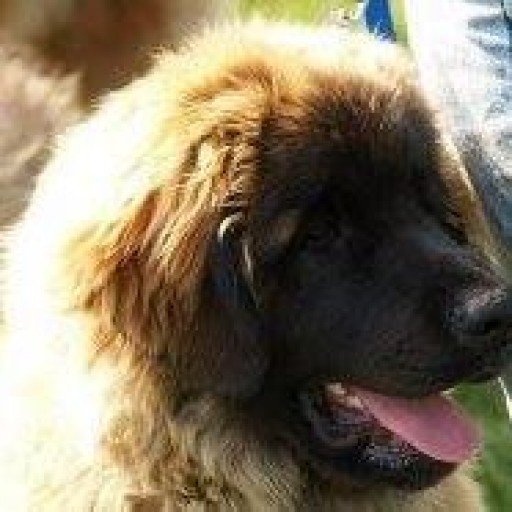LPN1 & LPN2
Leonberger Polyneuropathy
ALL responsible & ethical breeders should be testing their breeding Leos for Leonberger Polyneuropathy. There are now DNA tests available for type 1 (LPN1) & type 2 (LPN2).
We test our breeding Leos for both types and choose to only breed with Clear (N/N) dogs. In the case of LPN1 a Carrier (D/N) can be bred to a Clear (N/N) dog and whilst we respect the right & choice of other breeders to use an LPN1 Carrier (D/N), we prefer to use only those dogs with a Clear (N/N) result.
In the case of LPN2 the recommendation of the researchers is that ONLY Clear (N/N) dogs should be used for breeding programs due to the different mode of inheritance.
The following information has been published by the University of Minnesota.
‘Leonberger dogs may suffer from neuromuscular disease collectively termed Leonberger Polyneuropathy (LPN). LPN affected dogs suffers from slowly worsening exercise intolerance and may develop gait abnormalities, such as an exaggerated hitched step, especially in the hind limbs. There is often wasting of the hind limb muscles as well. Additionally, these dogs may have noisy breathing, a change in their bark, or even difficulty breathing due to involvement of the larynx and laryngeal folds in the throat. Eventually the disease may progress to the point where the dog cannot support its own weight. Biopsies of nerve from affected dogs show degradation of the nerve fibers and loss of myelin, the insulating material that normally helps speed messages along nerves. Muscle biopsies show atrophy resulting from nerve loss.
Research carried out at the University of Minnesota, the University of Bern, and the University of California San Diego, indicates that polyneuropathy within the Leonberger breed is a group of several genetically distinct, but clinically similar diseases. We have mapped two major genetic risk loci and identified the causative mutations that we now term LPN1 and LPN2. Dogs homozygous for the LPN1 mutation typically develop clinical signs of disease before they reach 3 years of age. LPN2 heterozygous and homozygous dogs may begin to show signs of disease as young as age 1, but may not show signs of disease until later in life or never at all.
The identified LPN1 mutation appears to be responsible for approximately 20% of the cases of polyneuropathy in Leonbergers, and LPN2 responsible for anther 20-25%. The other cases are apparently caused by different genetic mutations.
All our Leonbergers are health tested for Hips , Elbows and Eyes and also the 2 Gene tests for Polyneuropathy . Copies of all test results are then forwarded for inclusion in the Worldwide Leonberger Database . http://www.leonberger-database.com/pp_search_e.html If you are searching for a puppy , please do research the parents and check that all of these tests have been done .
LEMP
that primarily affects the spinal cord and later the brain, is expanded. The gene responsible has been
localized on the canine chromosome 18. The current investigation status indicates that about 15% of
the dogs are carriers (heterozygous) for this recessive mutation. Only homozygous affected animals
which each have received a copy of the mutation from both parents will show symptoms. Due to the
nature of the identified mutation, these results have not always lead to the outbreak of the disease
in Leonbergers, but dogs with the homozygous genotype obviously have a very high risk of
developing LEMP. It is an ancient mutation that cannot be assigned to a breeding line, but may be
present in the breed for a long time. A problem during the research has shown
that a dog with LEMP was sometimes initially diagnosed as a LPN diseased dog. Generally, it is
difficult to accurately diagnose slowly progressing neurological disorders at an early stage.
The Universities of Minnesota and Bern will start offering genetic testing for the newly-identified recessively inherited
LEMP mutation, to accompany our LPN testing,starting April
15 th, 2017 At this time we recommend that
all breeding dogs should be tested for all three tests:
LPN1, LPN2 and LEMP
.For LEMP we recommend avoiding matings that could produce LEMP-D/D(i.e. affected)dogs
.
Having only one LEMP-D/N parent, with a LEMP-N/N parent, will ensure that no LEMP-D/D offspring will be born.
In a global group of more than 5,000
Leonbergers which have been submitted to our laboratories
, about 14% were LEMP-D/N carriers.
